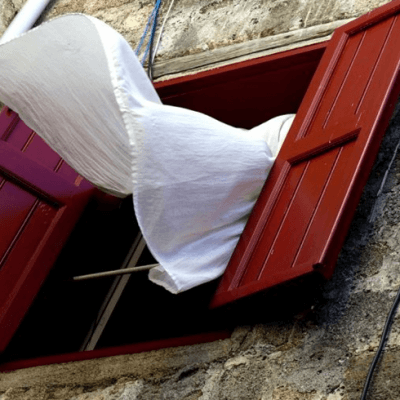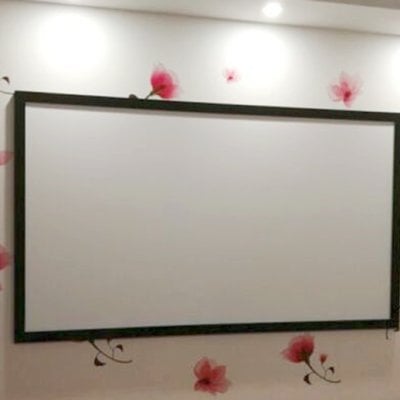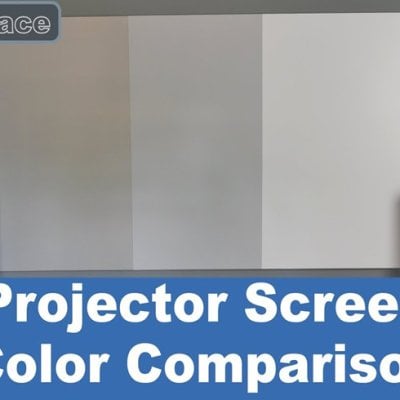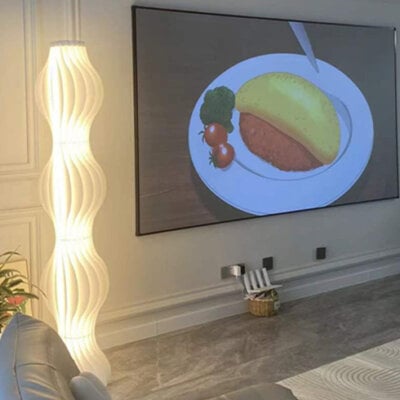Projectors is playing an increasingly important role in people’s entertainment life style, and to create an immersive projection experience, an appropriate projector screen is required. No matter it’s your first time buying one or you’re planning to upgrade your current screen, this in-depth guide would lead you to understand more about projector screens and get a clue to all those confusing tech jargons.

White screen or grey screen?
Projector screens come in white and grey, but the white one is more commonly seen. Question is which color is better? To answer this, we have to clarify what kind of projection technology that your projector applies first. Is it 3LCD, DLP or LCD? (LCD is used in low-end projectors so we’ll pass it)
- 3LCD
3LCD projectors use a prism to separate the light from their bulb into its red, green and blue components. Each part of the light passes through an LCD panel that shows the image for that color. The projector then recombines the light into a single full-color image and projects it through the lens. 3LCD makes image smoother and more vivid in color, but it may be short in the color purity of black.
In order to match 3LCD projectors, grey screens would be a better choice, as they make black darker and, meanwhile, increase the contrast ratio and reduce the ambient light rejection, which allows them to be used in daylight. However, grey screens have a smaller viewing cone.
- LCD
DLP projectors bounce the light from the bulb off of a special chip with one mirror for each pixel. The reflected image from the chip then passes through a color wheel that tints it.
LCD provides poor color saturation compared with 3LCD, so white screens would be the choice as they help to make the color richer and more vibrant. And a white screen is the best option for a room that is totally dark, also, it allows you to watch it from any angle and is less expensive.
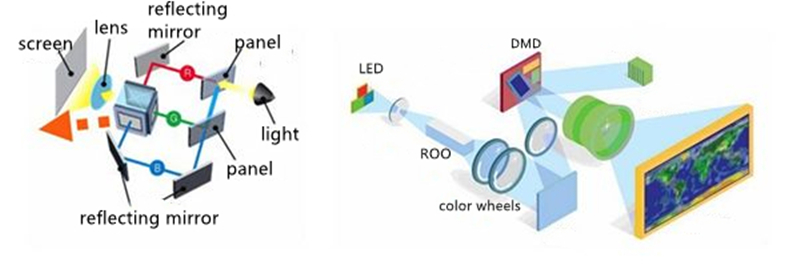
Actually, there are black screens as well, providing you the darkest darks and black levels, while the white levels would be less accurate. So black screen is rarely used in household.
Which type of projector screen is better?
- Fixed Frame Projector Screens
Pros: They are permanently fixed on the wall, without the worries of bends and waves, providing the best image quality.
Cons: They tend to be easily oxidized due to long-term exposure to the air.
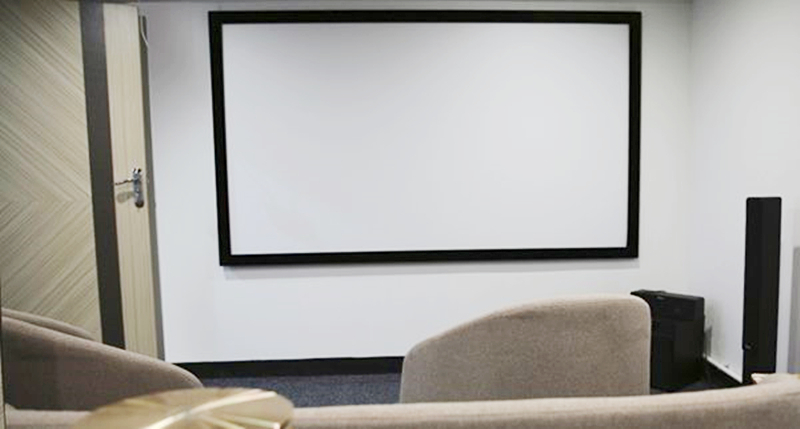
If you are to build the most impressive of home theaters and not on a limited budget, fixed frame projector screen would be your best option.
- Retractable Projector Screens
1. Electric/motorized projector screens
Pros: They have a sleek, elegant design, and are convenient for storage.
Cons: relatively expensive

Electric screens are one of the most popular choices for those who want a large movie screen but with limit room to place it.
2. Manual projector screens
Pros: affordable, lighter, no risk of motor breaking.
Cons: Easily cause creases on the surface while pulling the screen up and down.
- Portable Projector Screens
If you’re looking for a projector screen that is easier to be carried, floor rising projector screens, foldable projector screens and tripod projector screens are for your selection. As I mentioned above, these kinds of screens stand out in portability but are less competitive in offering good viewing experience. Therefore, they are great for conference, presentation and classroom.
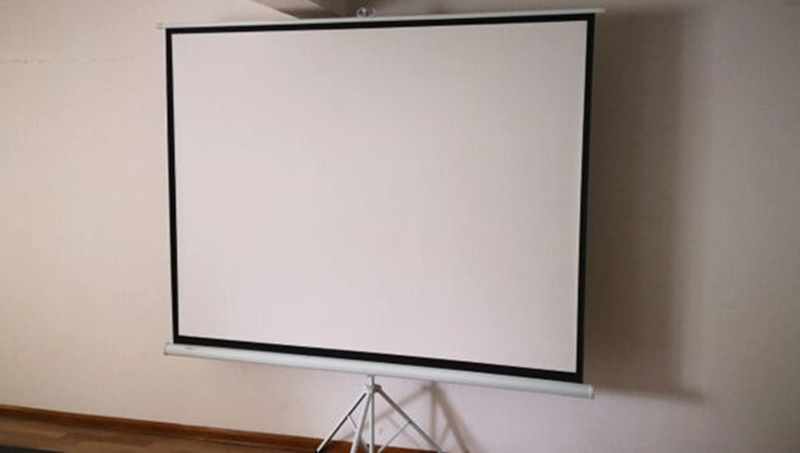
Projector Screen Paint
You may want to ask: Dose screens are necessary? Do we have to set up a screen before display a movie? The answer, of course, is “no”. If you have a clean, even and white wall large enough back in home, that works for projections as well, or, putting the projector paint on the wall would be even better, actually not only the wall, you can turn any suitable object you want into a screen by simply a gallon of screen paint. That’s why screen paint becomes the trendy alternative for traditional projector screens.
What size projector screen should I get?
- Screen size for home theaters
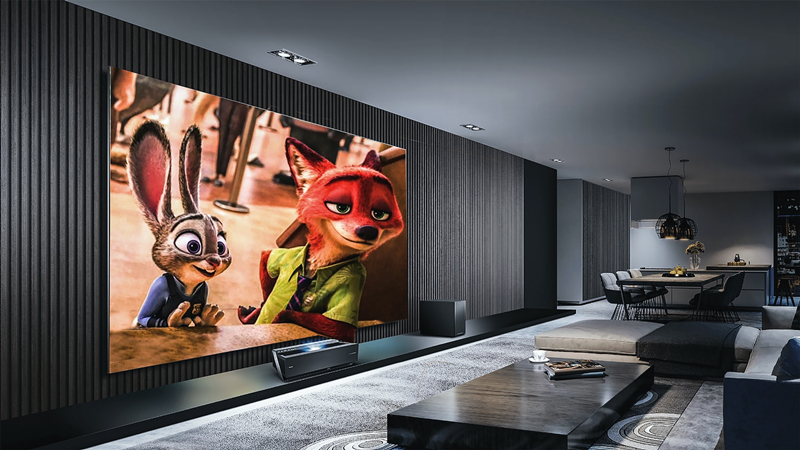
Taking into consideration of the size of your media room and where you’d be sitting, you’ll likely to get a screen between 100 to 150 inches.
- Screen size for large venues

To be used in large venues like party and speech, Screens that over 150 inches is probably what you want.
Above are all the main factors that could affect you in your choosing of projector screen. Try to strike a balance between screen features and your budget, finding the projector screen that fits your demand most.

